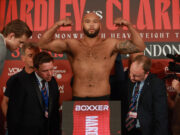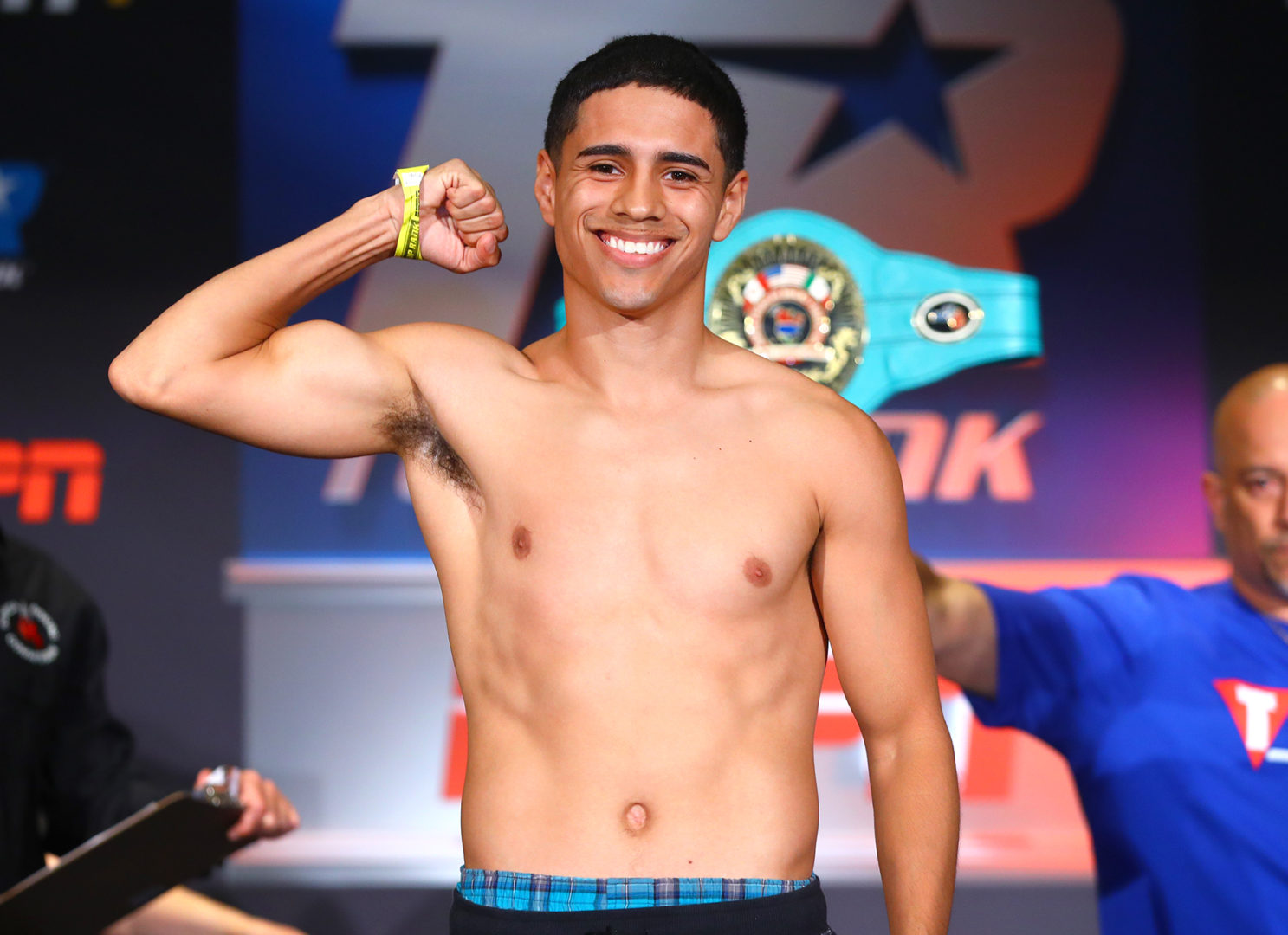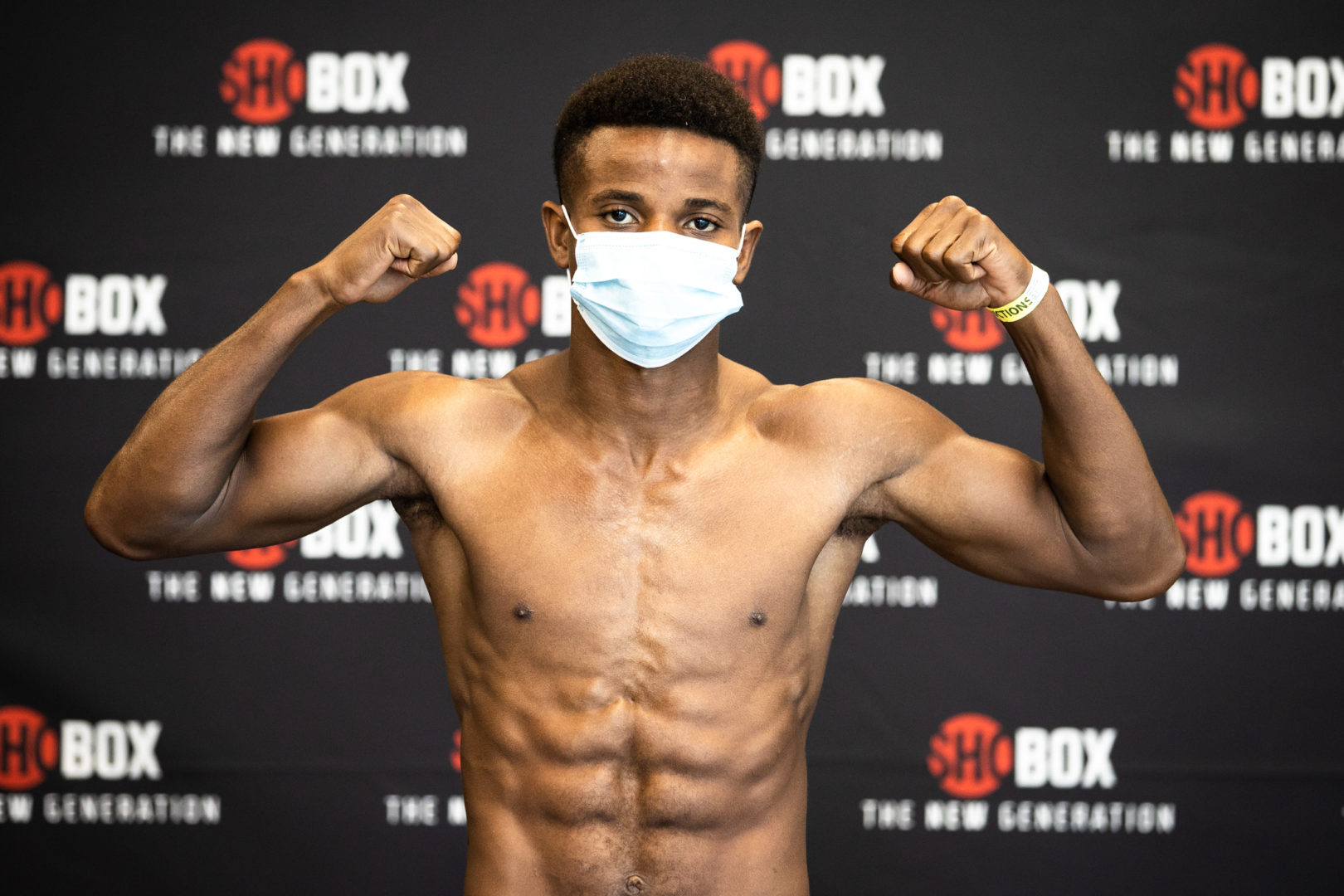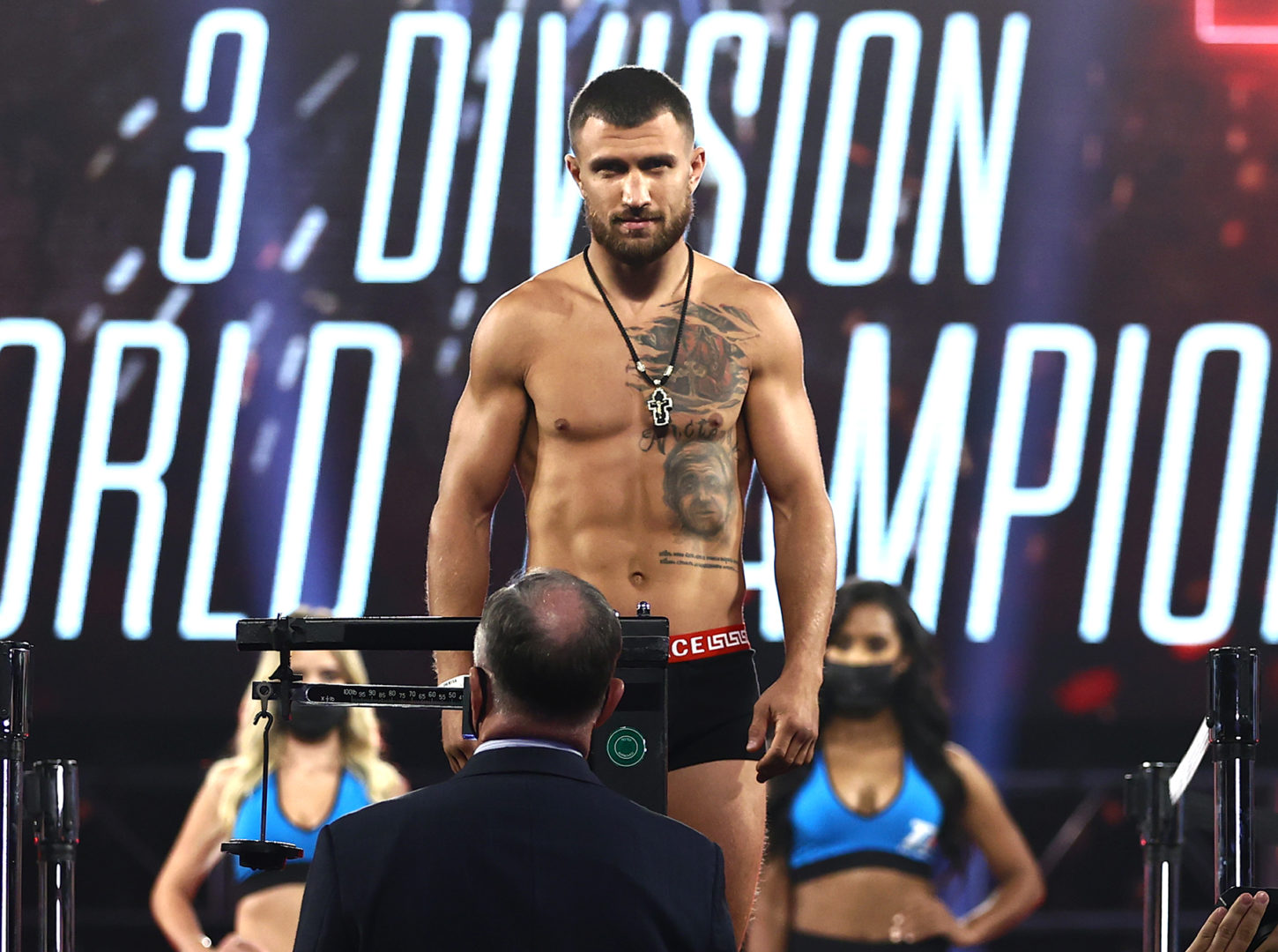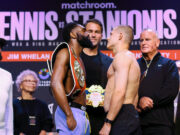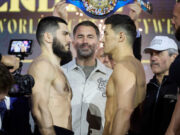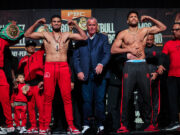
By Bart Barry–
It’s an exercise we did in a coaching workshop in Boston to help coaches listen more deeply and improvise more freely with clients. An instructor provides an outlandish subject, and a group of four or five coaches then pass the idea round and round, following an order like this: When the person on your left stops talking, begin by saying “what I like about that is . . .” then build on it by saying “and another thing is . . .” It creates new ideas naturally, iteratively, and lends them texture.
*
What I like about Norm’s column Friday is . . . how it mixes Apocalypse Now, Joseph Conrad, the Yavapai-Apache Nation and Tommy “The Duke” Morrison.
What I remember best about that event are two things: The frighteningly labored way Morrison breathed in the caravan immediately after his fight’s conclusion, and the reaction of my brother-in-law years later when I recounted the contents of the Morrison doctor’s note. This was 13 years ago, after Jesus “El Martillo” Gonzales’ 2005 loss to Mexican toughman Jose Luis Zertuche decimated promoter Top Rank’s interest in Phoenix – for history buffs, yes, it happened on the card that saw Julio Cesar Chavez’s storied career come to an ignominious end – and Valley of the Sun hosted a babbling brook of out-of-town promoters who remembered how many tickets Michael Carbajal sold a generation before, multiplied their ambitions by the number of names ending in ‘s’ or ‘z’ they could count in a Phoenix phonebook, and imported everyone from Hector Camacho Jr. to Tommy Morrison.
If memory serves Morrison was to return to action in Phoenix itself a halfyear before, on the untelevised undercard of a ShoBox bill that featured Juanma Lopez and Victor Ortiz, but bloodtesting irregularities instead put Morrison ringside with a hastily affixed cast on one of his hands. Before Morrison’s cage debut but after The Arizona Republic story that got Norm temporarily banished from ringside there was a letter from a doctor of some sort attesting to Morrison’s health, and what made it absurd in the threadbare way boxing does absurdity was its opening sentence about “Tommy ‘The Duke’ Morrison” – that a medical professional thought to include a fighter’s nickname in an official document. A couple years ago that detail put my brother-in-law in stitches.
I have at least three iterations of Apocalypse Now in a variety of formats and occasionally return to the Redux – with its deleted scene on the French plantation – and ask myself if the movie mightn’t be the one time in American history when a work of cinematic genius was based on a work of literary genius.
And another idea is . . . the influence boxing had on Marlon Brando, who showed up on Francis Ford Coppola’s 1976 set in the Philippines many pounds overweight and selfconscious enough to disrupt much of the already disrupted script.
Round about the time of Tommy Morrison’s cage-fighting debut, coincidentally, I was a few thousand pages into a survey of Brando biographies for reasons that escaped me then ably as they escape me now.
Before Brando became the youngest actor to win Best Actor for his portrayal of Terry “I Coulda Been a Contender” Malloy in On the Waterfront, whose screenplay was written by IBHOF writer Budd Schulberg, Brando had his too-perfect face rearranged backstage while touch-sparring with a stagehand during his Broadway run of A Streetcar Named Desire. Legend has it that broken and poorly reset nose transformed Brando’s countenance from angelic to believably masculine, and that transformation enabled him to become America’s greatest cinematic performer.
Brando struggled with his weight like a prizefighter. He yoyoed between films like Ricky Hatton between title defenses before eventually succumbing to Nature and gaining hundreds of pounds. The blueprint for such a massive accumulation was always there – you can see it in his shoulders and arms and hips in the cinematic adaptation of Streetcar.
Saturday I watched The Chase, a Brando movie from 1966 that co-features Robert Redford, Jane Fonda and Robert Duvall, and Brando, even then, was simply wider than his costars. He was explosive, too, and everything he did happened on a rhythm other than others’ consensus rhythm. The movie is not particularly enjoyable but intimately violent.
For the last however many years it has been fashionable in some political circles to bemoan Hollywood violence, all those fake explosions of fake robots and fake superheroes, but if you want believable and sustained violence, check-out some movies from the 1960s. Two-thirds of the way through The Chase there is a scene at the sheriff’s office when some local drunks emboldened by the movie’s rich guy decide to lock the sheriff, Brando, in a room and put in work. The scene has a lot of blood and sadism and Brando’s trademark masochism, too, as Brando’s character, knocked unconscious several times by fists and feet, keeps reviving and returning to the fray and getting beaten ever more viciously by the same three guys. Brando throws himself on and off a desk a few times and appears to wince in genuine pain as he lands on the tile floor.
There are lessons about greatness in the Brando filmography – particularly how awful even the greatest performers can be in many performances (from 1960-1971 Brando starred in 14 movies that, cumulatively, might make two watchable ones). Failure is forgivable, alas. Especially in a time such as this one.
Bart Barry can be reached via Twitter @bartbarry

